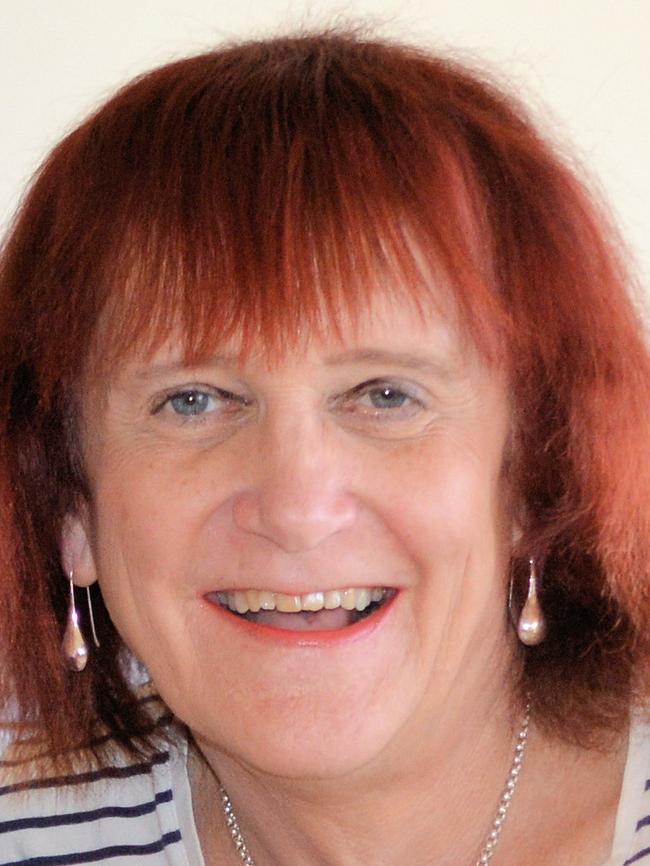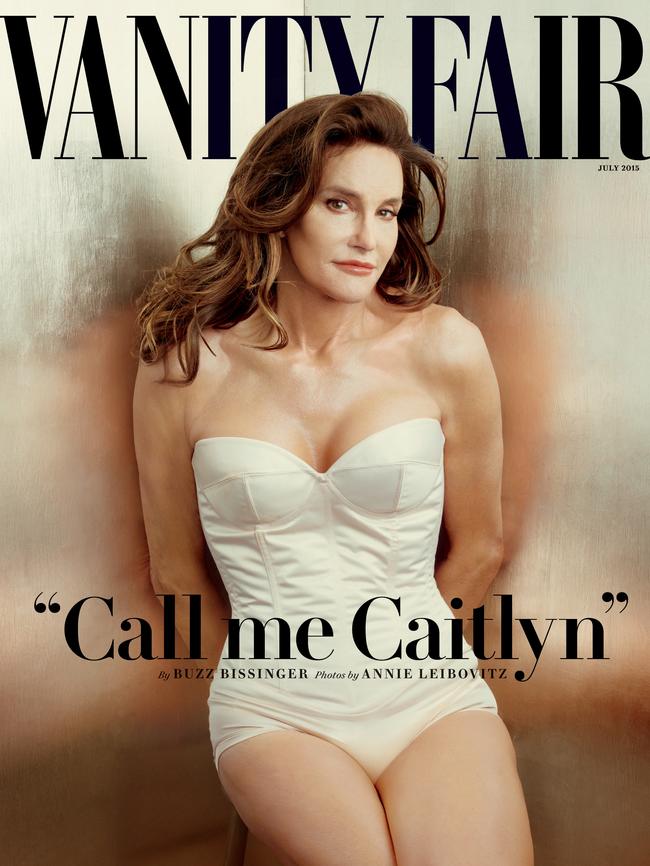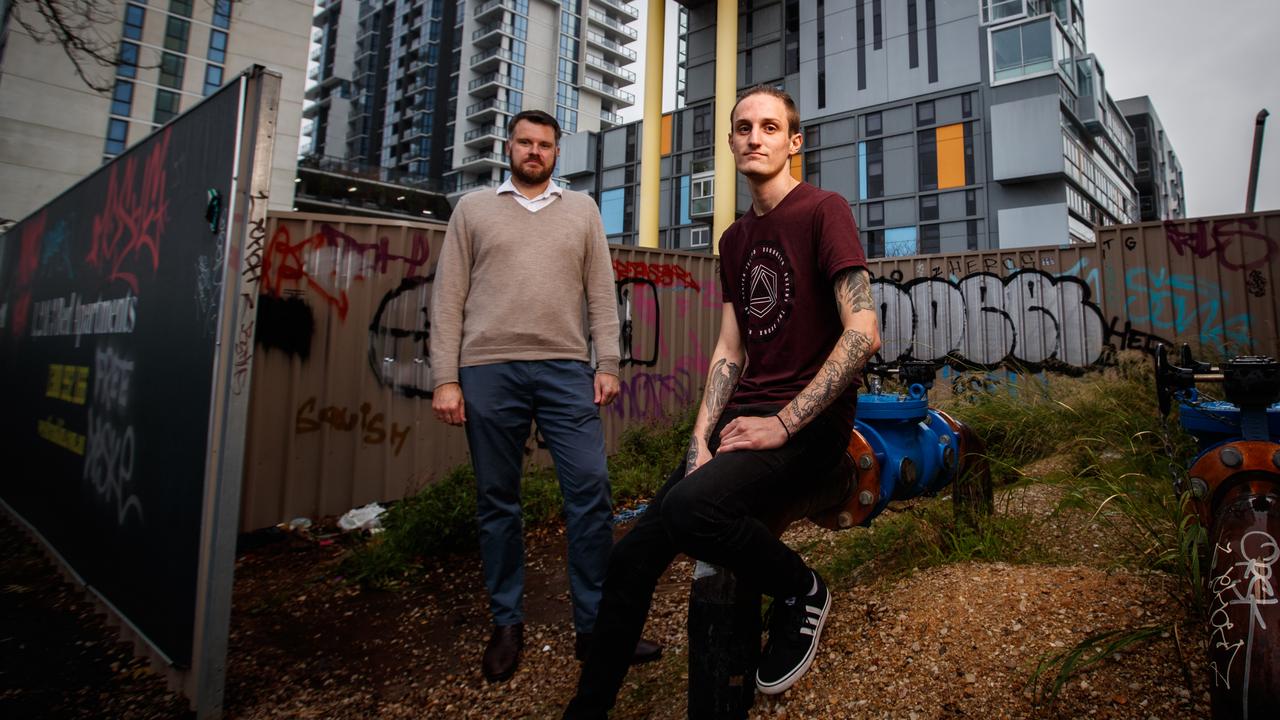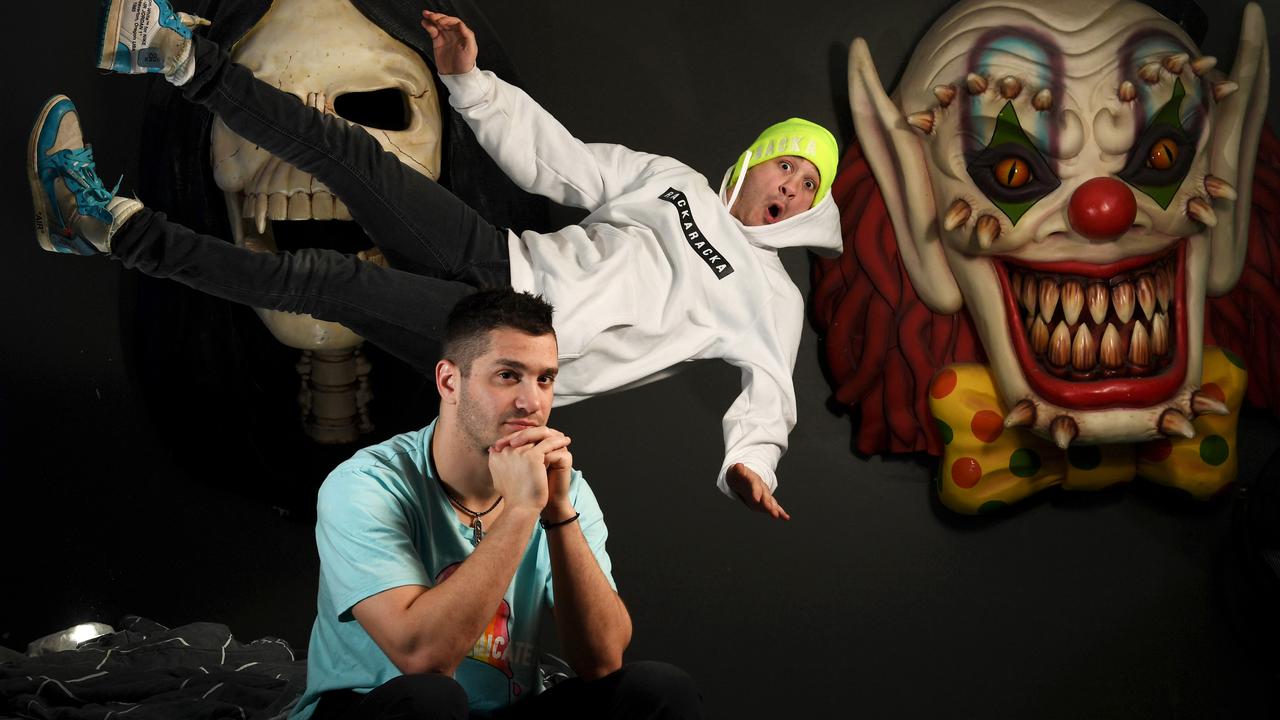How SA laws hinder the fight for transgender acceptance
CAITLYN Jenner’s transition from man to woman has put transgender issues in the spotlight. But as well as the struggle for cultural acceptance, in SA transgender people face significant legal restrictions.
SA Weekend
Don't miss out on the headlines from SA Weekend. Followed categories will be added to My News.
SMOKEY-VOICED and tall, even without her heels, Dr Rosemary Jones talks frankly of her adopted state’s contradictory attitude to transgender men and women.
“I think South Australia is very sophisticated, very understanding. It is recognised countrywide that Adelaide is the city that is most accepting of transgender people,’’ she said.
“Brisbane, well, what can you say; Sydney is good for gays but not trans, Perth is pretty naff. We are more progressive here and have been a socially innovative state.
“But we have a law — The Sexual Reassignment Act of South Australia (1988) — that restricts practitioners working in the field. That needs to be repealed.”
Today, transwomen seeking surgery must travel to Melbourne or overseas because of tough laws that the health minister must approve those authorised to perform operations. Surgery is around $18,000 for a male-to-female operation.
Transmen must travel to the US or Belgrade. The surgery can cost around $180,000 and is generally not as successful.
Dr Jones, 76, a gynaecologist who works predominantly with menopausal women but whose caseload is around 15 per cent transgender patients, started living as a woman full-time in 2005 and had gender confirmation surgery in 2007.
She was married for 18 years, has two children, and doesn’t regret waiting so long to transition as she wouldn’t be without her children.
“(Life pre-transition) seems like a strange dream,’’ says the North Adelaide resident.
“The surgery was just tidying up loose ends. When I first started oestrogen I thought ‘this is the stuff’, it was like coming home. Today is a more forgiving and accepting atmosphere.
“The whole thrust of transsexual medicine now is to deal with the problem in adolescence. It is a great disaster for any of us to go through puberty.”
She says the highly public debut of Caitlyn Jenner this week is not indicative of the average transgender person’s life.
“I don’t think she would be seen to be a champion. I would have thought there are a lot of people who are far more brave than her. A lot of our folk have no money, they are deserted by their families.
“One patient I know of was 12 and told her mother in the car about being transgender. Her mother stopped the car and told her to get out, that she never wanted to see her again. I had a patient in her 80s. She said she’d lived all her life as a man but she wanted to be buried as a woman.”


A recent study suggests 41 per cent of transgender people self-harm or attempt suicide. Worldwide, a transgender person is 14 times more likely to suicide than any other group.
Dr Robert Lyons, a psychiatrist, foundation president and now vice president of the Australian and New Zealand Association for Transgender Health, began working with the LGBTI (Lesbian, Gay, Bisexual, Transgender, Intersex) community in the early ’80s.
In 1988 the Flinders Sexual Reassignment Clinic closed and the then Health Commission banned Gender Services in public hospitals and referred inquiries to him.
He sees around one to two new cases per week and around 30 follow-up cases and says referrals are growing exponentially. He says public attitudes have changed with media exposure and high-profile transitions but that there is still considerable discrimination and harassment.
Common misconceptions still remain — “that it is a choice, a perversion. That it can be ‘cured’.
“The biggest problem in SA is access to appropriate care,’’ he says.
“The Act restricts practitioners in either the public or private system from acting unless they have permission from the government.
“The Minister for Health needs to reverse the ban on surgical services in public hospitals and set up a public Gender Clinic to service those who can ill afford the high costs of private treatment. This clinic could take on an educative role to students and service providers to increase the knowledge base.
“The Family Court needs to exit its involvement in the treatment of those under 18. The Sexual Reassignment Act of South Australia (1988) needs to be repealed to stop the restriction of medical practitioners working in the field.
It should be replaced with a bureaucratic procedure in Births, Deaths and Marriages for legal gender change.”
Greens MP Tammy Franks has introduced a Bill to repeal the Act in part because it “hinders effective and quality healthcare” for transgender people.
Cindy Macardle, a Professor of Immunology at Flinders Medical Centre, agrees that a major issue in SA for transgender people is the lack of access to medical care and that the Act should be thrown out.
The 62-year-old finished her transition in February.
Because same-sex marriage is not legal, Cindy cannot change her birth certificate to reflect her gender unless she divorces her wife. She has been married for 33 years.
“I came to Australia from Liverpool with the intention to undergo gender reassignment but I fell in love and got married,’’ she says.
“SA has the most restrictive laws in Australia, if not the Western world.
“For the transgender woman, it means you can’t get gender reassignment surgery on the public health system in Australia. You can have GRS performed privately in Melbourne; this can be partially covered under Medicare and private health if it can be proven it is not a cosmetic procedure.
“A lot of trans men and women do have difficult times at school and suffer years of bullying. PTSD can be common. Employment can be difficult. Violence against transpeople is not uncommon,’’ she says.
“I knew from about five-years-old that I was female. I ended up chronically depressed and a life of the horror of waking up every day in the wrong gender can be overwhelming. In the end, it was do I accept myself; or do I end up in the 41 per cent.
“When I transitioned my staff were wonderful.
“On a Friday afternoon I told them I was transgender and I was going to come in the next week as me; I did and they were most accepting.
“I remember looking in the mirror and Peter had died and Cindy was there.
“I have great admiration of Peter, he looked after me, but I was me, finally.
“I share his memories and knowledge but that’s all I share. He’s gone.”
Jesse’s story: Being trans in a country town
Jesse, 21, shares his story of growing up transgender in a country town.
When I was a child, I had some quirky personality traits that I always thought were related to just being a child; I was always curious about why my body did what it did.
I avoided buying a bra until I got bullied about it because I didn’t want to acknowledge my breasts, but I never kicked or screamed about girl’s clothes, and I had a love for high heels when I was 13.
It was only when I was 16 and a friend explained to me about how transgender people feel like they are in the wrong body that I finally understood why I felt and thought the things I did; I was a female-to-male transgender teenager.
When I began coming out to people, I had a mix of reactions. One friend said I was too girly to be a guy, but another one let me borrow his clothes. I didn’t dare come out to my family at this point, because I knew what they’d say; “I don’t think this is right for you, you’re too young to know what you want.”
These reactions are understandable as it can be very difficult for families to adjust to such a big thing.
Negative reactions are a big reason why many transgender people don’t come out, and statements like the ones above are why it took Caitlyn Jenner so long to come out.
These reactions are exactly what I got when I came out two years ago.
It has been the hardest two years of my life, but also the years that have helped me to heal the most.
The feeling of gender dysphoria is something that I have always struggled to put in to words. For a moment, I want you to imagine something that you despise about your body. I want you to think about how it often overshadows your life, how you can’t stand looking in the mirror because of it. That’s what gender dysphoria feels like. The person you see in the mirror is not how you imagine yourself in your head and when you speak, it’s like someone else’s voice is coming out, but you don’t really know whose.
I wear a binder to flatten my chest and I do exercises to deepen my voice, however I’m at the point in my transition where I’m not able to go any further.
Living as a transgender person in a country town has been difficult.
Country towns have very few resources for transgender people. To undergo this process you have to see a gender therapist, who is in Adelaide, and I have spent a lot of money travelling to see him only to be told that testosterone treatment was likely to kill me because of unrelated health problems. I told him not to write the referral to the endocrinologist.
Even changing your name costs a lot of money and it’s incredibly difficult to hear your birth name being used all the time when you don’t even recognise it as who you are.
Once your name has been changed, you need to change it on everything else — licence, doctor, Centrelink. This takes a lot of time and energy.
Transgender is something that many people don’t understand because they haven’t been educated about it and I feel like there should be more teaching in school on the subject.
Being transgender doesn’t define who I am; it’s just a fragment of it.


